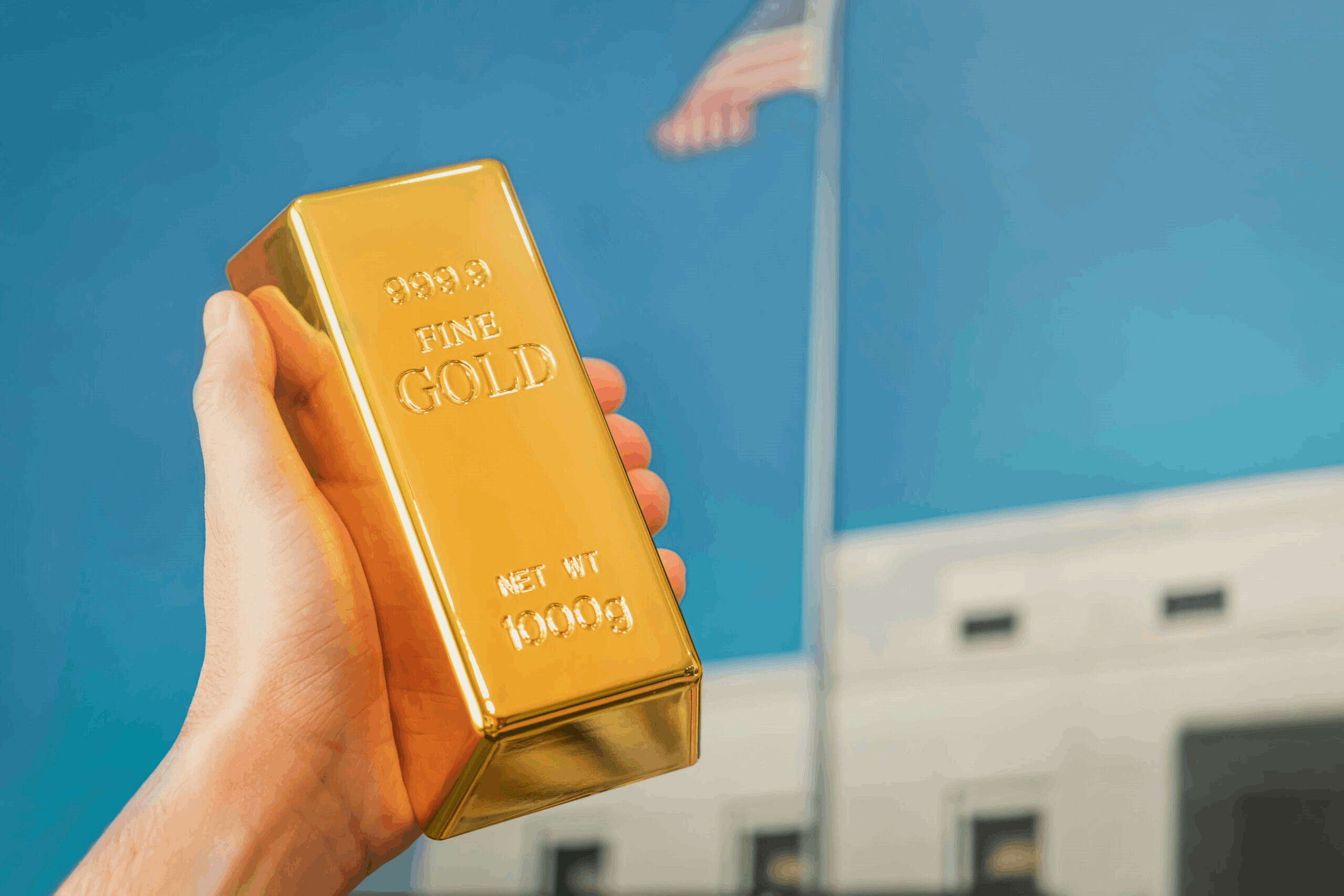The Enigma of Fort Knox: Unveiling the Guardians of America’s Gold Reserves
In the heart of Kentucky, surrounded by layers of impenetrable security, lies one of the most mysterious and well-guarded facilities in the United States: Fort Knox. Known for safeguarding a significant portion of America’s gold reserves, this fortress has piqued the curiosity of many. Keep reading as the precious metals experts from First National Bullion, the best place to buy and sell Scottsdale gold and bullion, dig into the secrets of Fort Knox, its history, the security measures in place, and, most importantly, the entities responsible for controlling its precious contents.
A Historical Glimpse
Fort Knox, established in 1937, has a rich history intertwined with the nation’s financial stability. Originally built to store a portion of the nation’s gold during the Great Depression, it has since become a symbol of economic strength and security. The decision to build Fort Knox was prompted by the need to protect America’s gold holdings from potential threats, both domestic and foreign.
Over the years, Fort Knox has also stored other valuable items and documents, such as:
- The U.S. Declaration of Independence and the U.S. Constitution – The original copies of these documents were moved to Fort Knox in 1941 for safekeeping during World War II. They were returned to Washington, DC, in 1944.
- The Magna Carta – One of the most important documents in the history of democracy and human rights, this document was loaned to the U.S. by Britain in 1939 for an exhibition at the New York World’s Fair. It was also moved to Fort Knox in 1941 for protection during World War II. It was returned to Britain in 1947.
- The crown jewels of several European countries – These included crown jewels from Belgium, Luxembourg, and the Netherlands. These jewels were also sent to Fort Knox for security reasons during World War II. They were returned to their respective countries after the war.
- The Holy Crown of Hungary – Also known as the Crown of Saint Stephen, this crown was worn by the kings of Hungary for centuries. It was taken by U.S. troops from Nazi Germany in 1945 and stored at Fort Knox until 1978, when it was returned to Hungary.
The Security Maze
When it comes to safeguarding America’s gold, Fort Knox employs a dizzying array of security measures. From thick bombproof walls to layers of armed guards, barbed wire fences, and a sophisticated alarm system, every inch of Fort Knox is designed to repel any attempt at unauthorized access. Its defenses are bolstered by continuous surveillance and regular security drills to ensure the readiness of its personnel.
The U.S. Army provides security and protection for Fort Knox and its surrounding area. The Army also uses Fort Knox as a training base and a museum.
The Custodians of Gold
Fort Knox is controlled by the U.S. Department of the Treasury, which is responsible for managing the nation’s finances and currency. The U.S. Mint, a bureau of the Treasury, operates the Bullion Depository at Fort Knox, which is where the gold and other valuables are stored.
- The Treasury Department – This is the primary agency overseeing Fort Knox. It sets policies and procedures for the storage and management of gold reserves. Additionally, it conducts periodic audits to verify the existence and integrity of the gold holdings.
- The United States Mint – The Mint plays a crucial role in the management of Fort Knox. They’re responsible for the production of coinage and maintaining the gold reserves stored in the facility. The Mint ensures the accuracy of gold accounting and assists in conducting audits to verify the quantity and quality of gold held in Fort Knox.
Fort Knox Audits & Transparency
One of the key aspects of Fort Knox’s operation is the transparency and accountability in gold storage. The U.S. government conducts regular audits to ensure the gold’s presence and authenticity. These audits involve outside independent agencies, such as the Government Accountability Office (GAO), to maintain public trust in the integrity of the gold reserves.
Fort Knox remains an enigma, but it’s an enigma designed to safeguard America’s wealth. With multiple entities working in tandem, the fortress stands as a symbol of financial security. While the specifics of its operations are classified, the commitment to transparency and accountability ensures the nation’s gold remains safe and sound.
If you’re interested in buying gold bullion or you’re looking for the best place to sell gold in Scottsdale, make sure to work with trustworthy precious metal dealers who offer high-quality service and have years of experience. Call on the industry-leading professionals at First National Bullion when you’re ready to buy or sell precious metals, including gold, silver, platinum, and palladium. Give us a call today at (855) 919-2536.
The statements made in this blog are opinions, and past performance is not indicative of future returns. Precious metals, like all investments, carry risk. Precious metals and coins may appreciate, depreciate, or stay the same in cash value depending on a variety of factors. First National Bullion does not guarantee, and its website and employees make no representation, that any metals for sale will appreciate sufficiently to earn the customers a profit. The decision to buy, sell, or borrow precious metals and which precious metals to purchase, borrow, or sell are made at the customer’s sole discretion.


